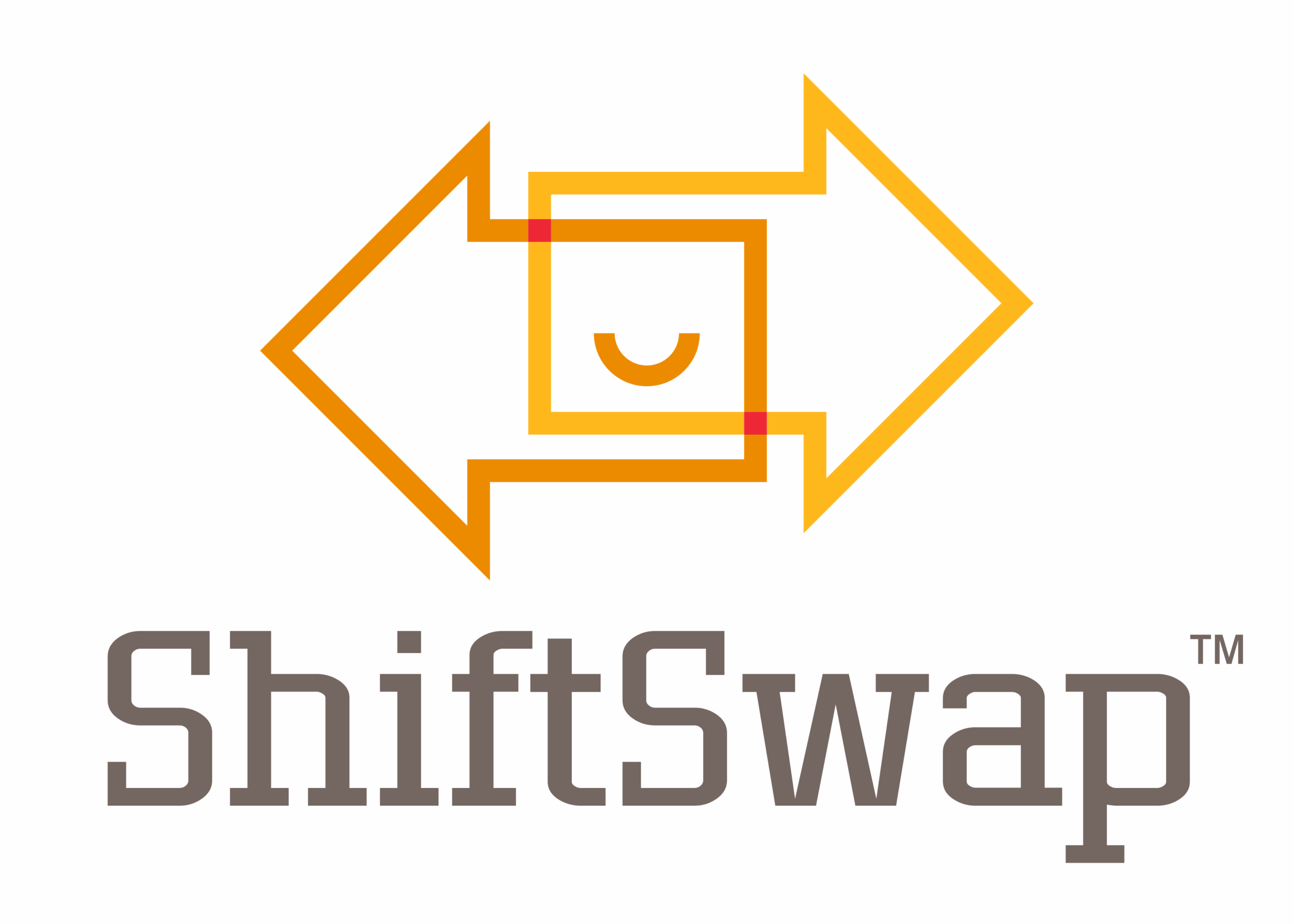How HR Can Address Financial Fragility Among Frontline Workers
Frontline workers are the backbone of countless industries, yet they often grapple with distinct financial hurdles that impact their productivity, engagement, and overall job satisfaction.
According to the 2024 Report on Economic Well-Being of U.S. Households, over one-third of Americans can’t cover a $400 emergency expense without borrowing or selling something. For frontline workers, who are often paid hourly and lack consistent income, this financial fragility is even more pronounced.
As Jen Colletta pointed out in her article for HR Executive, developing the financial well-being of frontline workers offers a significant opportunity for HR professionals to boost both employee welfare and organizational success.
The Growing Financial Strain on Frontline Workers
The data shows that 63% of Americans could manage a $400 emergency expense using cash or its equivalent. While this figure has remained steady over the past two years, it’s a drop from 68% in 2021. However, this average doesn’t fully capture the financial vulnerability of frontline workers, whose earnings can be quite unpredictable due to fluctuating schedules, limited paid time off (PTO), and other job-related constraints.
The reality of variable wages creates a challenging financial landscape for these workers. Their income can vary based on hours worked, illness, or caregiving duties, leaving many living paycheck to paycheck. The report reveals that 79% of adults have adjusted their spending in response to rising prices in 2024, with frontline employees being among the hardest hit. Escalating rents, which have surged by 10% annually since 2022, along with other living expenses, only exacerbate these financial strains.
Financial Health and Employment Shift
While the labor market remained stable in 2024, some troubling trends in employment are starting to emerge:
Job Changes and Satisfaction
- In 2024, 14% of adults embarked on new job journeys, and 9% chose to leave their positions voluntarily. These figures are similar to those from 2023 but lower than the peak seen in 2022.
- Among those who switched jobs, only 62% felt their new role was an improvement, a decline from 67% in 2023 and 72% in 2022.
Gig Work as a Financial Lifeline
- Did you know that 13% of adults are making money through gig work, like ridesharing or food delivery?
- While this kind of work can be flexible, many people are feeling the pinch of inconsistent pay and struggling to find financial stability.
Frontline workers are caught in a tough spot: they’re facing rising costs for everyday goods and services while also dealing with reduced hours as employers try to navigate the uncertain economy. The unpredictability of the circumstances heightens the risk of financial instability, which can affect both employee retention and productivity.
The Cost of Financial Fragility
The financial struggles of frontline workers not only impact them but also have repercussions for their employers. Studies show that when employees are financially stressed, it often leads to lower productivity, more absenteeism, and higher turnover rates. The study found that:
- Retirement Readiness Gaps: A striking 63% of hourly workers feel uncertain about how to turn their retirement savings into a steady income, while only 37% of salaried employees share that concern.
- Debt Challenges: Many frontline workers have burdens of student debt but don’t enjoy the higher salaries that often come with a degree. With average monthly payments soaring past $500, this financial strain can lead to a cascading effect of stress.
- Fraud and Financial Risks: In 2024, 21% of adults fell victim to financial fraud, with non-credit card fraud alone causing losses of $63 billion, even after recovery efforts.
The cost of replacing employees who leave due to financial stress is estimated to be around 33% of their annual salary, emphasizing the urgent need to tackle these issues head-on.
Solutions for Financial Resilience
HR professionals play a pivotal role in supporting the financial health of frontline workers. Here are actionable methods:
Emergency Savings Programs
Employers can roll out savings initiatives, like pension-linked emergency savings accounts made possible by the SECURE 2.0 Act. These accounts allow employees to save up to $2,500 with tax-free withdrawals for emergencies, offering a vital financial safety net.
Financial Literacy
When we talk about financial education, we’re giving employees the tools they need to make informed choices, manage their budgets, handle credit effectively, and plan for retirement. Offering flexible, on-demand training sessions allows workers to learn at their own pace, which can boost both their earning potential and job satisfaction.
Out-of-the-Box Benefits
More and more employers are stepping up with creative benefits that cater to the unique needs of frontline workers. By providing access to workshops, budgeting tools, and affordable tax filing services, companies can truly empower their employees. Having open discussions about setting aside small amounts for unexpected expenses can help ease financial worries. Some businesses even offer early access to wages, which can be a lifesaver for covering urgent costs, such as car repairs or medical bills.
Affordable Childcare Support
With many parents spending at least half of their income on childcare, offering childcare benefits or stipends can make a huge difference in alleviating the financial strain on frontline workers.
The Business Case for Financial Health
- Lower Turnover: Less financial stress means employees are less likely to jump ship for higher-paying jobs.
- Higher Productivity: When financial worries are off their minds, employees can concentrate better on their tasks.
- Stronger Engagement: Employees who feel financially secure are more likely to feel valued and motivated, which helps create a positive workplace atmosphere.
There’s no one-size-fits-all approach to enhancing financial health, so HR teams need to prioritize listening to their employees. Conducting surveys, focus groups, and gathering direct feedback can help pinpoint the specific needs of the workforce.
Planning for the Future
The report highlights that frontline workers encounter distinct financial hurdles that need customized solutions. HR leaders should adopt a comprehensive strategy, blending traditional benefits with innovative programs to support employees at their current developmental stage. By implementing these approaches, organizations can reap substantial rewards, such as improved employee retention and boosted morale.
To explore more methods on how we can better support our workforce, check out more articles in the ShiftSwap™ blog.
Start Planning for Success
Schedule a demo with ShiftSwap™ today and learn how to streamline your workforce management.

